There is no single decision-making process that will fit all organizations and all situations. There will be times when you will want to make decisions based on consultation or collaboration with others. There will also be times where it will be most appropriate for you as the leader to make the decision without input from anyone else.
There are many excellent decision-making models out there. But what key questions should leaders consider in whether you should involve others in the process. What factors really matter?
1. Magnitude of the Decision
Consider: What’s the impact of the decision? What makes this decision important and how? How big is it (i.e. what’s the scope of the problem)? Are there many alternatives? To what extent are the alternatives known? What are the possible outcomes of available choices? What key risks need to be addressed? What is the extent of impact on key stakeholders?
When making the right decision is critical, consider seeking input from many resources to ensure that the objectives of the decision are well documented, that the alternatives are well researched, and that the right people are engaged in the process. This will ensure the decision is informed and is of the highest quality.
2. Availability of Information
Consider: How much do you know about the decision? To what extent can the decision be made on existing information? What information is missing? Who needs to be involved in gathering that information? Do you even know what to ask for? To what extent have you involved the right subject matter experts? What are the objectives of the decision being made? How will you measure that the objectives have been met? What are the consequences of alternatives considered? What trade-offs need to be considered?
Alternatives and outcomes should address what really matters. If alternatives and outcomes are uncertain, the need for more information becomes more critical.
3. Support for the Decision
Consider: How much support do you need in making the decision? Who needs to be informed about the decision? Who needs to be involved in the process, and how? At what level of the organization can the decision be made, for example, does it impact the whole organization or just one unit? Does the success of the decision require support from the executive or the team leader? How important is acceptance of decision by the team members? What will be the impact on the team and the overall morale, motivation, and satisfaction with their jobs? Who is responsible for implementing the decision? If you made the decision yourself, how well would the team support it? How will the change be managed?
If building commitment is necessary consider actively seeking input and support from others in order to ensure a successful outcome. Involving team members in decision making can improve both morale and productivity and give people a stronger sense of team. It often results in more creative solutions.
4. Alignment with other areas, goals, objectives
Consider: What is the impact of the decision on other functions and areas of the organization? How well aligned are people’s goals and objectives in the outcome of the decision? What impact will consensus have around meeting the goals of the decision? What objectives and measures will define what really matters about this decision and its alternatives? How will you manage the communication of the decision?
When commitment is needed from people who are driven by different goals and motivations, the consider building consensus around both the need being met by the decision as well as the limits on what alternatives should be considered.
5. Managing Conflict in Decision Making
Consider: How much conflict is there about the decision? What process needs to be put in place to effectively resolve conflicts and address concerns? To what extent is consensus important to the outcome of the decision? How well do the alternatives meet the requirements of the parties involved? What measures will be put in place to monitor the impact and success of the decision or its outcome?
If people have strong feelings about their favored alternatives, give them the opportunity to share how they arrived at their conclusion and what information it was based upon. The group can then evaluate the merits of this based on the objectives and success measures that were set for the decision.
6. Timing and Time Constraints
Consider: When time is constrained, what steps can you take to streamline the decision-making process? When time is not constrained, can you use this as an opportunity to involved more people in the decision-making process in order to allow them to develop skills and gain experience in decision making? What is the appropriate time to implement and communicate the decision?
When time is constrained take caution not to sacrifice on gathering relevant information or ensuring alignment and commitment from the relevant parties involved in the decision. Establishing clear, articulate objectives and measures will help to streamline the process and ensure the intended outcome is met.
/ps
